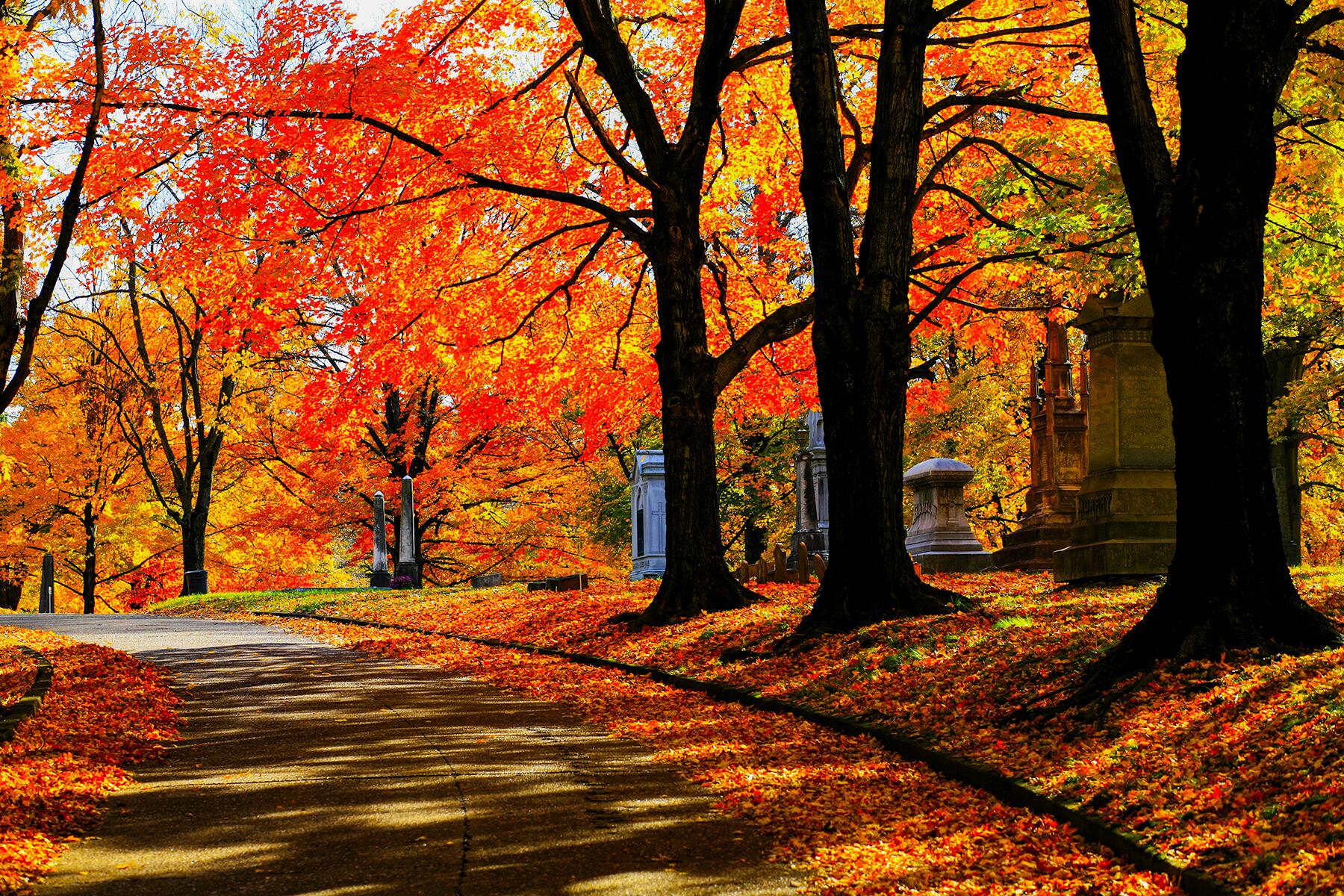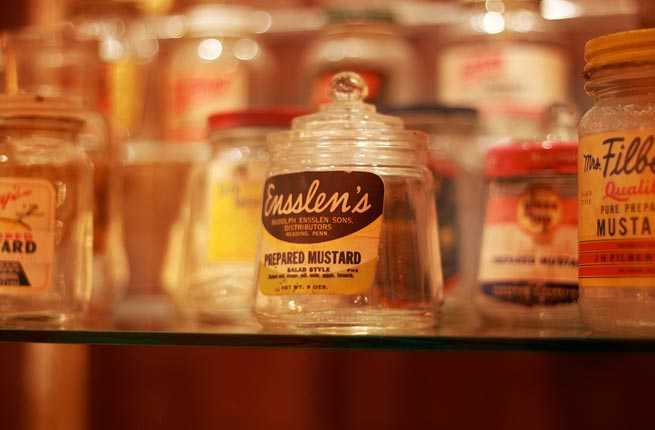
Dinosaur bones, Ming Dynasty relics, Monets, and mummies—at a certain point, museums and their general themes and contents may all appear to be the same. But how about a collection of accidentally swallowed items? Or toilets? Or…an overcooked shrimp kebab?
There are loads of eclectic, unique theme-specific, off-kilter museums all over the world, showcasing everything from creepy medical specimens to junk food. Here are seven of the oddest, destination-worthy collections around the world.
Don’t worry, Louvre—we still love Monets!

National Mustard Museum: Middleton, WI
While serving as a Wisconsin Assistant Attorney General in the early 1990s, Barry Levenson experienced an "aha!" moment: he quit and took his long-running obsession with mustards and swelling collection of jars to a brick and mortar space. Over 60 countries are represented in the"> 5,500-plus prepared mustards and related paraphernalia, plus a "MustardPiece Theatre" for video and live presentations. As much a store as museum, hundreds of international mustard products are available for sale (online, too), plus a fictitious "Poupon University" line of swag and Dr. Singha’s mustard body oil and herbal bath.

Mütter Museum: Philadelphia, PA
Part of The College of Physicians of Philadelphia, the Mütter"> bills itself as "America’s finest museum of medial history." Let’s insert the adjective "macabre," shall we? The two-level collection includes the "soap lady," a corpse that mysteriously turned into a soap-like material while underground; slices from Albert Einstein’s brain; syphilitic organs; a tumor removed from President Grover Cleveland; a five-foot-long "mega"-colon; and a collection of 2,000+ items and trinkets that were fished out from patients’ throats. The new, well-stocked gift shop features novelties like a literal soap lady (in rose, lavender, and other scents), while visitors can "adopt" one of 139 century-old skulls (see">). Yet the most memorable takeaway is what you’ll overhear: during our recent visit, a little boy in a basketball jersey stared longingly at a 7’6" gigantism-afflicted skeleton and quipped: "I wish I had that disease."

Cat Museum: Kuching, Malaysia
On the Malaysian island of Borneo, you’ll find a city called Kuching, which translates to "cat." The jewel in Kuching’s crown is the 20-year-old Cat Museum, devoted to felines and their depictions throughout history, from ancient Egypt to a poster for 1980s one-hit-wonder "Curiosity Killed the Cat" and Garfield paraphernalia. Some exhibits are downright bizarre: one glass case depicts a life-sized ninja-esque "Cat Burglar" in action, while another is crammed with miniature cat statues stalking rats (both real and rubber models), and in another, a local’s beloved, mummified housecat, "Puss." Make sure to pay the $3 surcharge for taking photos inside (you MUST document this), and you may luck into a live cat show during your visit. If Borneo seems too far-flung, good news—a San Francisco cat museum is in in the works, and is currently mounting Pop-Up">.
Kuching North City Hall Building, Bukit Siol, Jalan Semariang, Petra Jaya. Tel: 082-446688 x805
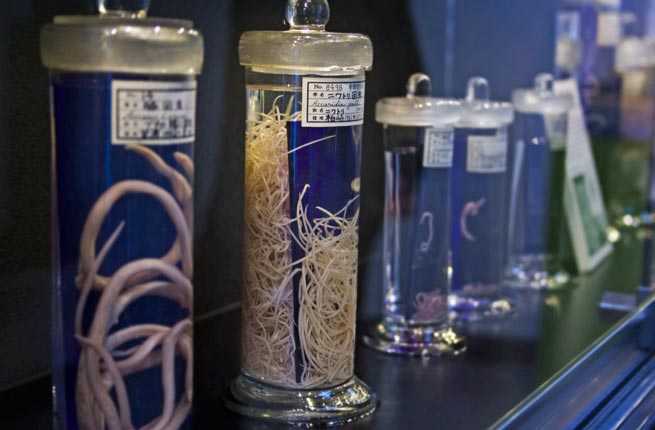
Meguro Parasitical Museum: Tokyo, Japan
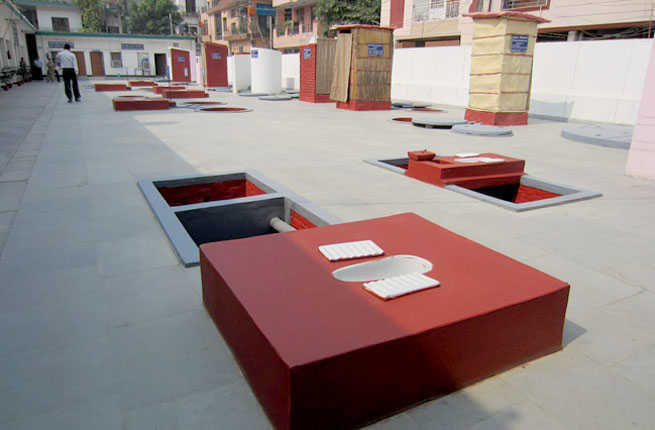
Sulabh International Museum of Toilets: New Delhi, India
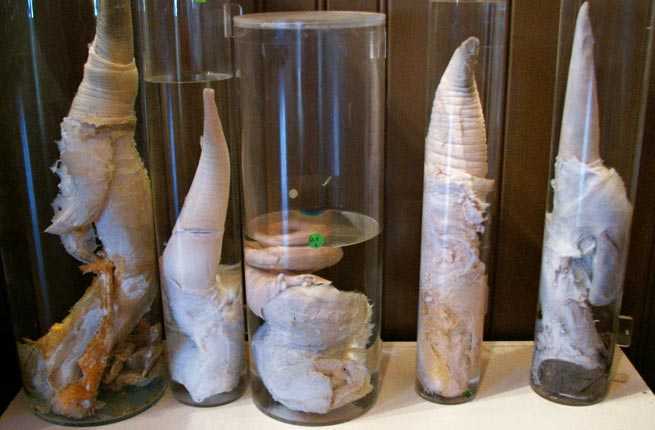
The Icelandic Phallological Museum: Reykjavík, Iceland
Keeping this one short and sweet—or long, depending on the species—this Icelandic">. The phalluses are mostly preserved in jars, although one dry-mounted exception serves as an Icelandic flagpost. A 2012 documentary, The">, is dedicated to the museum and founder/curator Sigurdur Hjartarson’s quest to secure a human penis or two for the collection (which includes castings of the 2008 Icelandic National Handball Team’s penises). File this one under "somebody had to do it."

The Burnt Food Museum: Arlington, MA
Harpist Deborah Henson-Conant’s obsession with the art of "culinary disaster" began in 1989, when an attempt to make comforting hot apple cider resulted in a crystalized, charred mass she calls a "hot apple cinder." Since then, she’s garnered a">, mostly sent in by others eager to share their scalded wares, and the entertaining anecdotes behind them. "For me, the BFM is really about stories," she says. Current favorites include a microwave-charred mac & cheese a.k.a. "cruncheroni">", and a turkey so thoroughly incinerated when accidentally left cooking over low heat for six days while its owner was hospitalized, that it turned to ash. While not yet open to the general public on a regular basis—the collection occupies Henson-Conant’s office kitchen—a 90-minute private showing, inclusive of live harp music (yep, really), is available, and you can see many of the 60-70 items and their hysterical tales of woe online.


